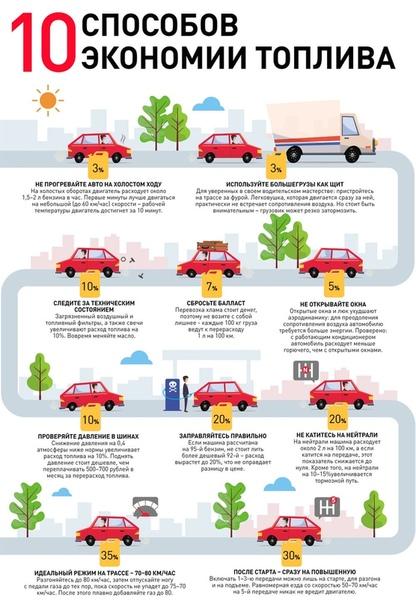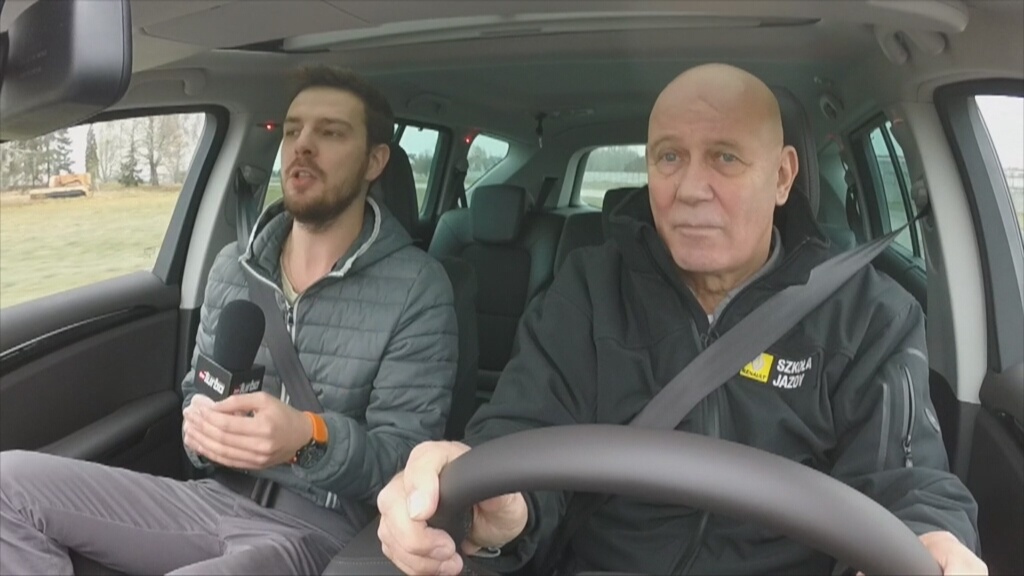
Driving upwind increases fuel consumption by 1,5 l/100 km. Worth slowing down
 When driving upwind, we consume an average of 100 liters more fuel per 90 kilometers. We can save on gas, especially by slowing down. According to experts, on the track with strong gusts, you should drive at a speed of XNUMX kilometers per hour. It is also worth keeping the steering wheel in accordance with the regulations, i.e. two hands.
When driving upwind, we consume an average of 100 liters more fuel per 90 kilometers. We can save on gas, especially by slowing down. According to experts, on the track with strong gusts, you should drive at a speed of XNUMX kilometers per hour. It is also worth keeping the steering wheel in accordance with the regulations, i.e. two hands.
Average fuel consumption increases, especially in winter. There are a number of reasons for this, including the fact that low temperatures cause the engine to cool significantly and therefore require more energy to warm up. What can we do to prevent such high fuel consumption?
Why does he smoke so much?
Negative temperatures lead to large heat losses not only in the radiator itself, but also in the engine compartment. Therefore, we need much more energy to warm up the engine. In addition, because of the cold, the car has to overcome much more resistance, because all the oils and greases become thicker. It also affects fuel consumption,” says Zbigniew Veseli, director of the Renault driving school.
 We should also not forget that in winter the road surface is often icy and snowy, so in order to overcome snow obstacles, we often drive in lower gears, but at higher engine speeds, which increases fuel consumption. The reason for the increased fuel consumption is also errors in driving technique, often caused by a lack of knowledge and skills, adds Zbigniew Veseli.
We should also not forget that in winter the road surface is often icy and snowy, so in order to overcome snow obstacles, we often drive in lower gears, but at higher engine speeds, which increases fuel consumption. The reason for the increased fuel consumption is also errors in driving technique, often caused by a lack of knowledge and skills, adds Zbigniew Veseli.
winter habits
How long our car burns depends not only on weather conditions, but also on our driving style. Running a cold engine at high speeds greatly increases its combustion. Therefore, for the first 20 minutes, it is better not to overload it and make sure that the tachometer needle is at around 2000-2500 rpm, say Renault driving school instructors. Also, if we want to warm up in the car, let's do it slowly, don't turn the heat up to the max. Let's also limit the use of the air conditioner because it consumes up to 20% more fuel. It is worth minimizing its work and turning it on only when the windows fog up and this prevents us from seeing.
Tires and pressure
Changing tires to winter tires is primarily a safety issue, but tires also play a role in a vehicle's fuel economy. They provide better traction and shorter braking distances on slippery surfaces and thus avoid harsh and jittery pedaling. Then we don't waste energy trying to get out of a skid or trying to drive on a snowy road. We must also remember that a drop in temperature is due to a decrease in pressure in our wheels, so we must check their condition regularly. Tires with too low pressure cause a significant increase in fuel consumption, lengthen the braking distance and impair the car's handling, experts say.
